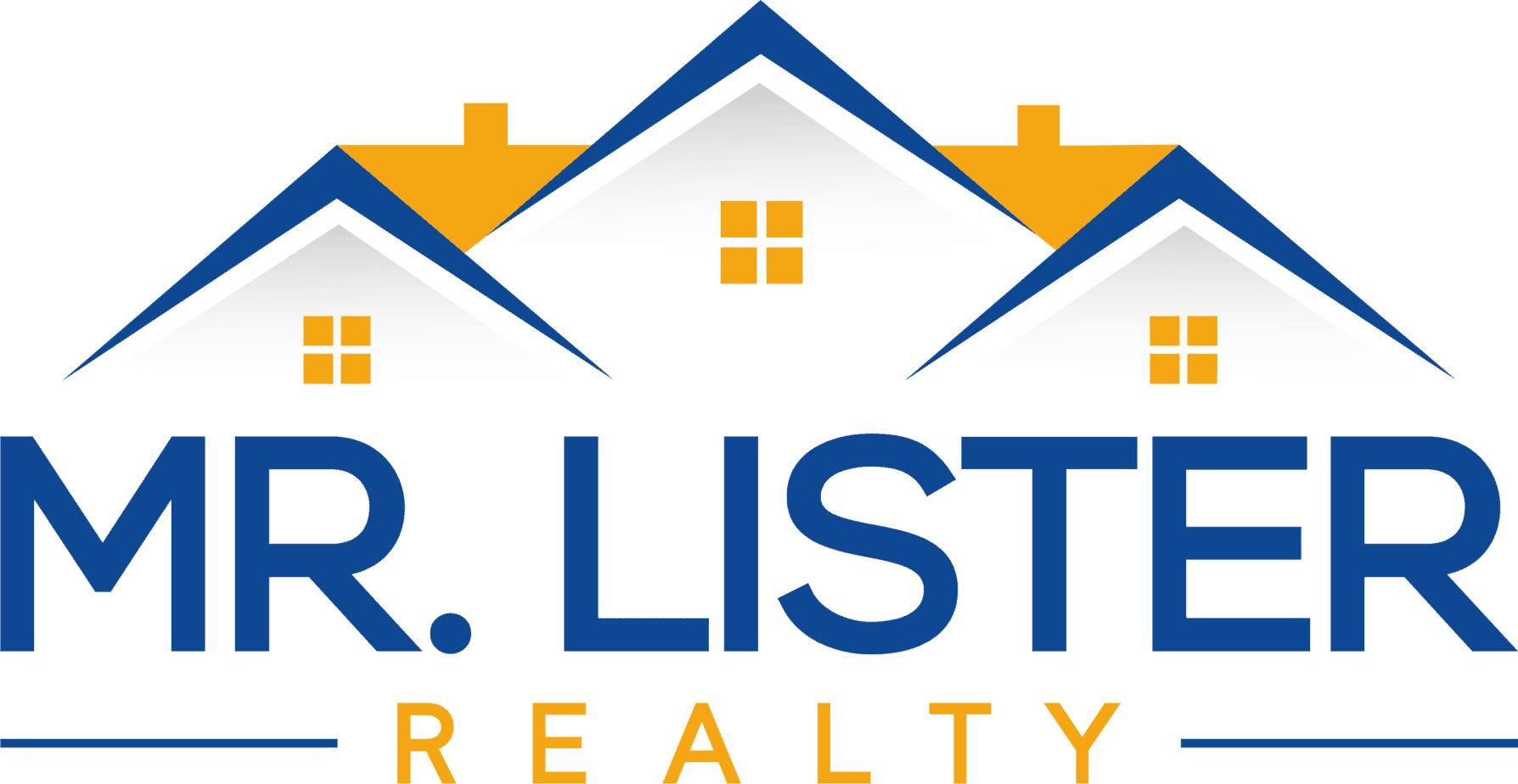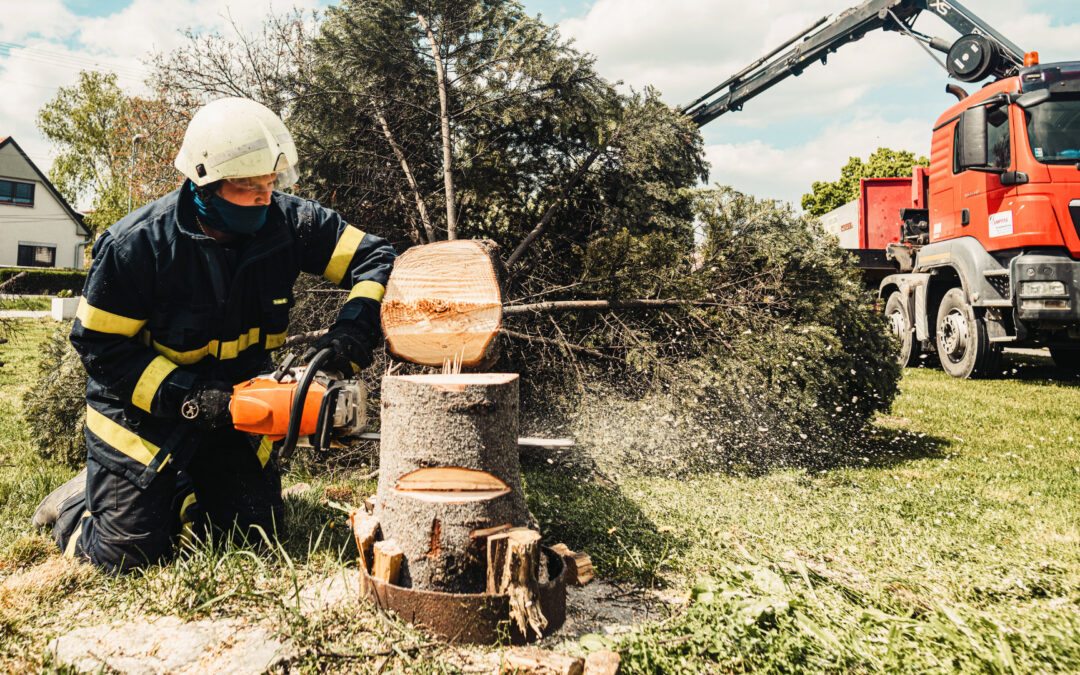At Mr. Lister Realty, we understand that a healthy landscape is not only beautiful but also essential for the safety and value of your property. Trees are a key component of this landscape, yet they require proper care and attention to thrive. In this guide, we’ll explore how to check if a tree is diseased, maintain its health, and determine when it might be time to remove a tree to ensure the safety of your home and surroundings.
How to Identify a Diseased Tree
Early detection of tree diseases can save you time, money, and potential hazards. Here are some key indicators to watch for:
- Discolored or Wilting Leaves: Unusual yellowing, browning, or wilting can signal underlying issues.
- Dead or Cracked Branches: Noticeable dieback or cracks in the trunk and branches may indicate structural weakness.
- Fungal Growth or Cankers: The presence of mushrooms, mold, or sunken, discolored areas on the bark often suggests disease.
- Excessive Sap or Oozing: Any abnormal sap flow or oozing from the trunk can be a sign of internal decay.
- Bark Damage: Cracked, peeling, or missing bark may allow pathogens to enter and compromise the tree’s health.
If you spot these symptoms, it’s wise to consult a professional arborist for a thorough inspection. Early diagnosis can sometimes allow for treatment that saves the tree and prevents safety hazards.
Maintaining Tree Health
A proactive approach to tree care not only enhances your landscape but also minimizes risks. Here are some best practices for maintaining healthy trees:
Regular Inspections and Pruning
- Seasonal Inspections: Regularly check your trees for signs of stress or damage, especially after severe weather.
- Pruning: Proper pruning helps remove dead or diseased branches, encourages healthy growth, and reduces the risk of limb failure. Aim to prune during the tree’s dormant season unless urgent removal is necessary.
Watering and Fertilizing
- Consistent Watering: Trees need regular watering, particularly during dry spells. Water deeply to encourage root growth.
- Appropriate Fertilization: Use tree-specific fertilizers to provide essential nutrients without over-fertilizing, which can damage the roots.
Mulching and Soil Care
- Mulch Application: Mulching around the base of the tree helps retain moisture, regulate soil temperature, and reduce weed growth.
- Soil Health: Ensure your trees have access to well-draining soil rich in organic matter, as poor soil can exacerbate disease susceptibility.
By following these steps, you help your trees reach their full potential, creating a safer and more attractive environment for your property.
When to Remove a Tree
Sometimes, even with proper care, a tree may become too hazardous to keep. Here are scenarios when removal might be the best option:
Signs a Tree Should Be Cut Down
- Severe Disease or Decay: If a tree is extensively diseased or structurally compromised, it may pose a risk of falling or shedding large branches.
- Unstable Structure: Trees with deep cracks in the trunk, extensive dead wood, or a split trunk are at high risk of failure, especially during storms.
- Safety Hazards: Trees growing too close to homes, power lines, or high-traffic areas can become dangerous if they fail.
- Pest Infestations: In some cases, severe infestations (like those from beetles or borers) can weaken a tree beyond recovery.
The Removal Process
Before deciding to cut a tree down:
- Consult an Arborist: A professional can assess the tree’s health and provide recommendations on whether removal is necessary.
- Plan for Removal: If removal is advised, ensure that it’s carried out safely by certified tree removal experts who follow proper protocols.
- Consider Replacement: After removal, think about planting a new tree or alternative landscaping to maintain your property’s natural beauty.
Additional Tree Safety Tips
- Right Tree, Right Place: Choose species that are well-suited to your local climate and soil conditions to reduce future maintenance issues.
- Professional Assistance: When in doubt, rely on expert advice for everything from routine maintenance to emergency removals.
- Maintain a Safe Distance: Keep trees a safe distance from structures and power lines to minimize risks during severe weather or structural failure.
- Stay Informed: Regularly update yourself on best practices in tree care. Many local municipalities and arboricultural societies offer resources and workshops for homeowners.
Trees are an invaluable asset to your property, providing shade, beauty, and a boost in curb appeal. However, ensuring their health and safety requires regular monitoring, proper maintenance, and sometimes tough decisions about removal. By following the guidelines above and consulting with professionals when needed, you can enjoy a safe, thriving landscape that complements the quality of your home.
At Mr. Lister Realty, we are committed to helping you maintain not only a beautiful property but a safe one too. For further advice or to schedule a professional tree inspection, please contact our team today.

